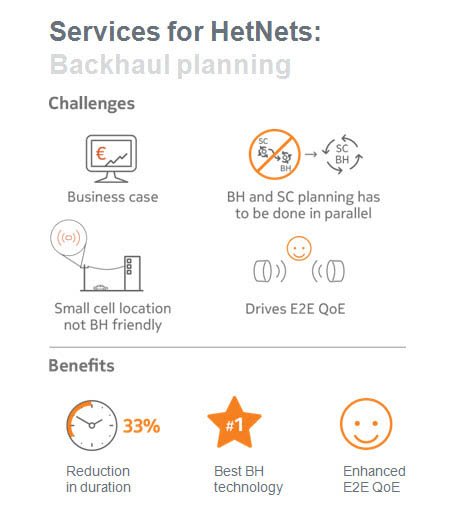The Finnish telecom equipment vendor Nokia Solutions and Networks (NSN) today said its 3-D mapping to site planning activities will accelerate small cell deployments.
Launched as part of Heterogeneous Networks (HetNets), the new capability substantially reduces drive testing and site survey visits by enhancing the prediction of radio and microwave backhaul propagation in urban areas to provide more accurate results than conventional methods using flat and low resolution maps.
NSN’s Services for HetNets helps telecom operators to plan ahead and forecast the capacity needed to meet the 1000x capacity challenge. An operator may choose to deploy four Flexi Zone base stations to cover traffic hotspots around the exits of a busy underground station. Over time, as demand increases, it is easy to upgrade capacity by adding more base stations until the hotspot evolves to become a hot zone managed by a Flexi Zone controller.
The company said NSN is using detailed 3-D maps to improve backhaul and radio simulation when assessing proposed base station sites. 3-D maps with a resolution of a few centimeters bring the vital level of detail needed to accurately plan low-powered small cells in complex urban environments with a multitude of high-rise buildings and other objects that affect the propagation of radio waves.
3-D backhaul simulation simplifies planning for base station sites which lack a direct Line Of Sight (LOS) for microwave backhaul to the core network. If a building partially obscures the link, an indirect Non Line of Sight (NLOS) connection can be used to avoid deploying extra transmitters and receivers that would raise costs.
However, it is difficult to plan the right bandwidth, resilience and latency for NLOS backhaul. 3-D backhaul simulation solves the challenge by ensuring good backhaul link quality with fewer site visits and field surveys, cutting the time needed for microwave backhaul planning by 33 percent and avoiding costly adjustments after sites are installed.
Similarly, 3-D radio simulation models radio frequency (RF) propagation in urban environments. This helps planning experts to forecast cell coverage accurately and mitigate interference from the macrocellular radio layer. The result is a better performing HetNet, where spectrum is used and re-used in small concentrated areas, leading to a better customer experience.
The new capabilities will be available for commercial delivery during the first quarter of 2014.
Recently, ABI Research said NSN has the Edge in the race to a 2018 $9 billion SON market .
ABI Research forecasts that mobile monitoring and optimization equipment revenue will increase to over $9 billion by 2018 and operators can remain competitive by continuously providing their customers with high performance data services even with congested networks.

